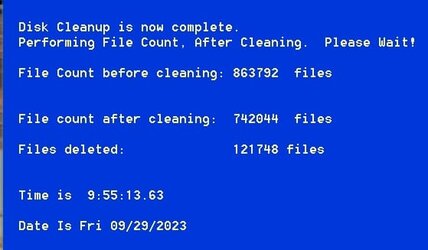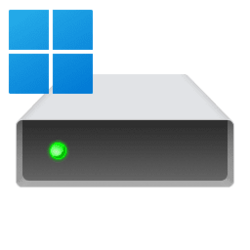"Can't be Cleaned" ???
That's an impossibility! I've been cleaning the crap out of PC's for way before Windows was even released.
I do it almost daily on my own PC(s).
Here's a report from just one such "Cleaning".

And that was after only two or three days of normal operations. Think how many files would build up in a month, a year, etc.
They will just collect till all available space is used up, UNLESS acted upon by the PC's owner, user, operator.
SO, How about just cleaning out the garbage?
I regularly clean out my own SSD with a batch file that I wrote, that removes all the .tmp, .old and .bac files in my HD, plus all the temporary internet files created by both Edge and Firefox. In just a couple of days, those browsers can generate well over 100,000 junk files.
I also empty the Prefetch folder and the Recycle Bins.*
* Since writing my Cleanup.bat (batch file program) earlier this year (2023) my little home made cleanup program has removed over a million garbage files.
And, my SSD remains as clean and efficient as it was months ago.
Those who do NO HD maintenance, will eventually be forced to do 'Something' because their HD will be full of junk.
This thread may well be a good example.
I'd love to have that PC with no more space, here, for about two hours.
In my past life's work as a Computer Service Tech, I've taken service calls on PC's like that, and was able to do a total recovery, back to Like-New condition....better actually.
TM








